Too many designers creating products design them solely on paper or computer screen, forgetting that they’re designing a 3 dimensional object that will be picked up and used in real life. Often, it’s not until its been prototyped (and in front of them) that they realise something’s wrong.
Somewhere between initial concept sketching and CAD modelling lies an essential design stage that’s often ignored these days – 3D sketching. 3D sketching is not the same as rapid prototyping, although the two are sometimes mistaken.
Rapid prototyping is the process of quickly fabricating an accurate model of a part or assembly from CAD data. As a result, the design can be proved prior to manufacture. Producing manufacturing quality CAD data takes a long time but is still visualised in 2 dimensions on the screen.
You do not want to be modelling errors into the CAD data at this late stage of the design process.
3D sketching however, works alongside 2D sketching, as foam, cardboard and clay mockups are used to establish factors such as size and ergonomics. Whereas many product designers will jump from 2D sketching straight into CAD, the importance of 3D sketching cannot be underestimated.
Take an old project of ours, ‘RescuPod’ as an example
How do you determine how the product will be handled, what size is it going to be? How easy will it be to pick up and manoeuvre? All issues which cannot be determined from a flat piece of paper or screen.
Without handling a full scale 3D sketch, we wouldn’t have known where to put the grips or how to keep the product stable so that it can be safely used in an emergency situation in a dental practice.
Through 3D sketching we could determine critical factors and features which wouldn’t have come to light if we had gone straight to CAD. If errors had shown up at the stage after CAD, rectifying those mistakes would have cost over 100 times the cost of rectifying design errors in a cardboard mockup.
Card mockups take hours, CAD models take weeks. Don’t waste thousands of pounds in 3D CAD and rapid prototyping to find out something is wrong. With a few pounds of cardboard and a bit of time, you can eradicate the problem early on.
These 3D sketches allow the designer to make informed decisions throughout all stages of the design process, resulting in a well rounded design that will encounter fewer issues down the line in the pre-production phases. All for a few sheets of cardboard and some tape.
So go on, in true ‘Blue Peter’ spirit, put down your pencil and paper, pick up your cereal boxes and craft knives and in the name of good design, get creative and get those 2D sketches off the paper and into your hands.


